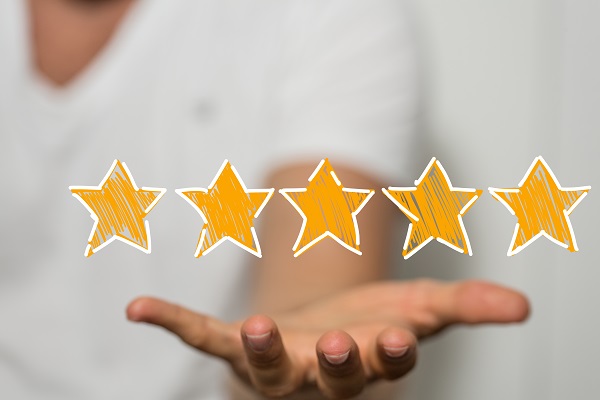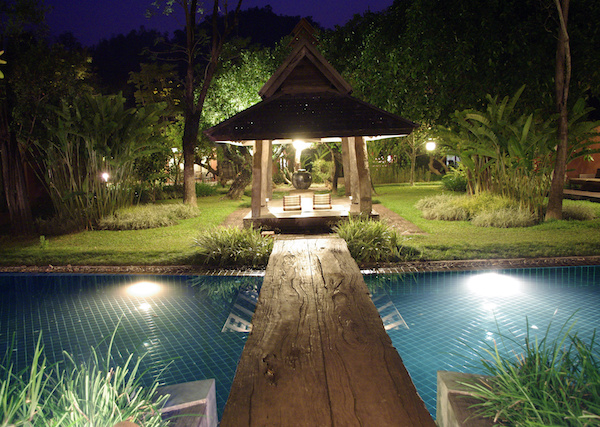
Essential marketing tips to engage travellers with disabilities
Exclusive: Accessible Accommodation Founder, Kerry Williams says "using imagery is paramount in conveying accessibility and inclusivity"
In the realm of tourism, inclusivity is not just a moral imperative but also a smart business strategy.
As the founder of Accessible Accommodation, I share valuable insights into essential marketing tips for tourism operators to effectively engage travellers with disabilities.
Kerry’s column was originally published in the latest AccomNews print issue. Read it HERE
Here are some key takeaways from more than 1000 website visitors each day.
Person-centred communication
At the core of effective communication with guests with disabilities is treating them like any other guest. In doing so, remember to use person-first language, acknowledging that the person “has a disability” rather than defining them solely by their disability. This linguistic shift reinforces the idea that disabilities do not define your guests who have a disability but are just one aspect of their identity.
Avoiding assumptions and providing clear information
You know the saying “Never assume otherwise you’ll make an ass out of you and me?” Never assume that a guest with a disability requires X, Y and Z. It’s crucial to address guests directly and avoid assuming they require assistance or cannot communicate for themselves. If you are unsure, simply ask them, “What can we do to make your stay an enjoyable one?”
Leveraging social media and visual communication
In today’s digital age, social media plays a pivotal role in marketing strategies. Facebook is the most popular social communication platform among people with disabilities, mostly because they share great finds and poor experiences with the community. Tourism operators can leverage this platform to engage with a diverse audience effectively.
Additionally, using imagery is paramount in conveying accessibility and inclusivity. I recommend including photos of people with disabilities in situ within accommodations. Hiring a wheelchair from a pharmacy for a day and placing it in a room can help capture authentic and inclusive imagery that resonates with potential guests.
Embracing accessibility guidelines
Web Content Accessibility Guidelines (WCAG) are essential tools for ensuring digital content is accessible to all users, including those with disabilities. If you are not doing so already, explore the WCAG standards to create a seamless online experience for guests.
Mobile accessibility and simplified language
While 90 percent of travellers without disabilities use mobile devices to search and book. I have found that only 40 percent of people with disabilities do so. This may be because dexterity using a small device is a challenge or because the device is visually difficult to see. So, do ensure your desktop users have an immersive experience too. Also, simplifying language and avoiding jargon ensures that all guests can easily understand information, regardless of their abilities.
By adopting person-centred communication, leveraging social media, embracing accessibility guidelines, and prioritising clear and inclusive communication, operators can create welcoming and inclusive environments that cater to a diverse range of guests. In doing so, they not only fulfil their moral obligation but also tap into a growing market segment that values inclusivity and accessibility in their travel experiences.

Kerry Williams is an entrepreneur and accessibility advocate, revolutionising how individuals with disabilities enjoy travelling through her Accessible Accommodation and Accessible Experiences websites. Reinforcing her passionate belief that accessible design can be functional and beautiful at the same time, her consultancy assists accommodation providers to maximise occupancy rates. A multi-award winner, she continues to drive innovation for seamless accessible travel.







